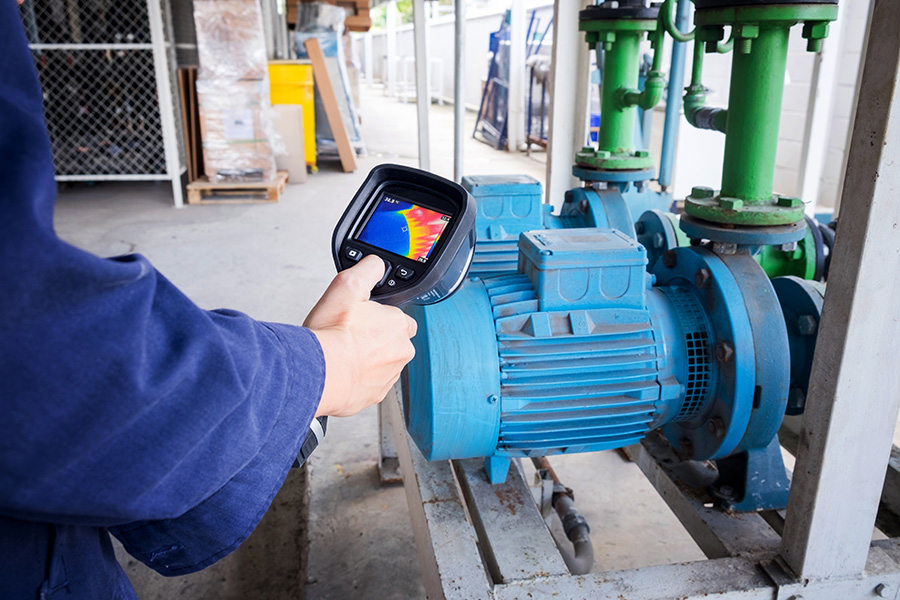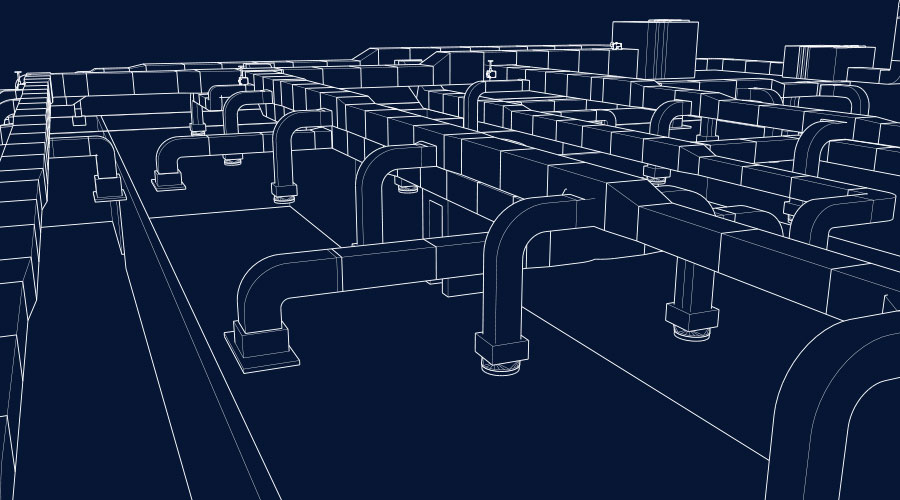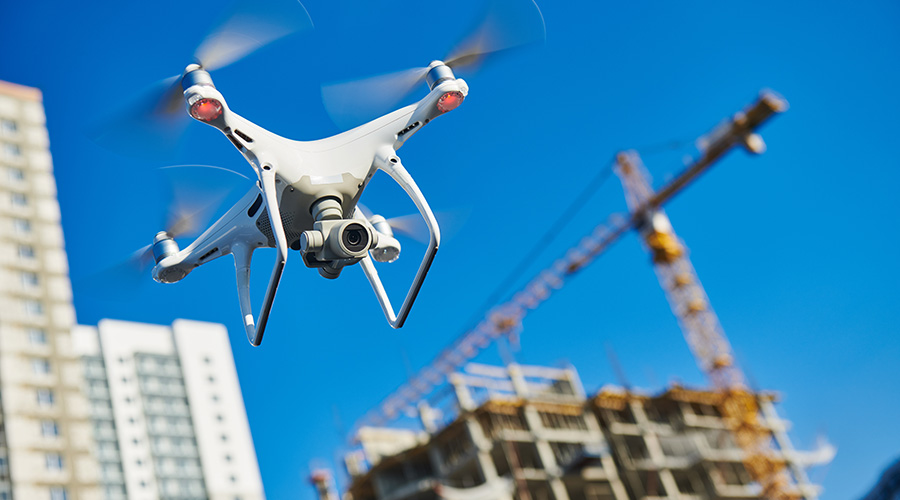Predictive Maintenance Technologies Enhance Facility Efficiency
Using predictive technologies to supplement preventive maintenance can help managers building the case for emerging technologies, including AI.
By Dan Hounsell, Senior Editor
Maintenance and engineering managers regularly set goals for their departments. Higher productivity. Shorter response times. Greater efficiency. Supporting all these goals, however, are the maintenance strategies and related technologies that managers incorporate to achieve them, including reactive and preventive maintenance (PM), as well as the next step in this evolution, predictive maintenance (PdM).
Ever since PdM technologies such as infrared imaging, vibration analysis and tribology emerged as promising technologies and practices for institutional and commercial facilities, managers have sought ways to take advantage of them.
One huge hurdle for managers seeking to benefit from PdM is that many departments often still operate in a reactive mode.
“We know that we still have roughly half of facility organizations run roughly 50 percent reactive, which means they're not able to get to their PMs, especially being so shorthanded when it comes to the wrench turners,” says John Rimer, president of FM360, a facilities management consulting firm.
The pressure to become more predictive has only grown as technologies such as the Internet of Things and artificial intelligence (AI) have offered the promise of even greater predictive abilities for departments. But to even begin taking advantages of these technologies, managers first need to understand the relationship between PM and PdM.
“I don't see it as a move from (PM) to (PdM) as much as supplementing the preventive and corrective maintenance processes and procedures we’ve developed in facilities to incorporate more predictive technologies,” says Craig Hodges, principal with FEA, a facilities management and engineering consulting firm. “It is not replacing (PM practices), but it’s a move to supplement and augment them with these predictive technologies.”
Planning for change
The first step for managers planning to incorporate or expand the use of PdM technologies and practices in their facilities is to address several critical technology and management issues.
“Among the technological challenges is the use of the equipment,” Hodges says. “Those technologies usually do require some level of instrumentation that you might not always have access to in the FM realm. There may be folks you can go to that specialize in it, but even those technologies are becoming a lot more affordable and easy to use.”
While these technologies might be more accessible to departments, they might require that managers seek outside help. Consider infrared (IR) thermography.
“Make sure it’s done by a third party unless you’re a big enough organization that you can justify having certified thermographers in house,” Rimer says. “All facility departments should have an IR camera, but they might not be qualified to do the infrared thermography on their panels and switches.”
Vibration analysis presents a similar set of concerns for managers and technicians.
“If I’m a large university or a large healthcare entity, I could justify doing that in house and investing in the hardware, the software and the training needed. But again, it just requires money, and it requires manpower,” he says. “That's the other challenge.”
Despite pressure to implement new technologies in their facilities, managers need to plan carefully to ensure the technology is used effectively.
“In the facility management world, it's almost like ‘We’ve got a new device. Let's go out and use it everywhere’,” Hodges says. “But as far as the individual using it, there's probably a fair amount of interest, especially among our younger workers. The training on how to use it would be quite easy because especially our younger folks are a whole lot more tech savvy.”
Beyond these technology issues, implementing PdM technologies also requires that managers develop a strong business case and a clear message for their efforts in order to build buy-in and financial support at all levels of the organization.
"They should have that vision and that roadmap — a game plan — and that's what they're marketing and communicating to upper management, to their executives and, of course, to their own team to get them on board with that vision in that direction.”
Among the justifications Rimer says managers can use to build this support for PdM technologies is their ability to address the labor shortage affecting all departments.
“I can easily use that as justification,” he says, adding managers can say, “‘I've got my folks running around firefighting, I don't have enough hands to do the firefighting, let alone do the PMs. We've got to work smarter, and here's how we can do it.’ Part of the justification is already there. We just need to frame it up and put some numbers to it.”
Dan Hounsell is senior editor for the facilities market. He has more than 30 years of experience writing about facilities maintenance, engineering and management.
Related Topics:












